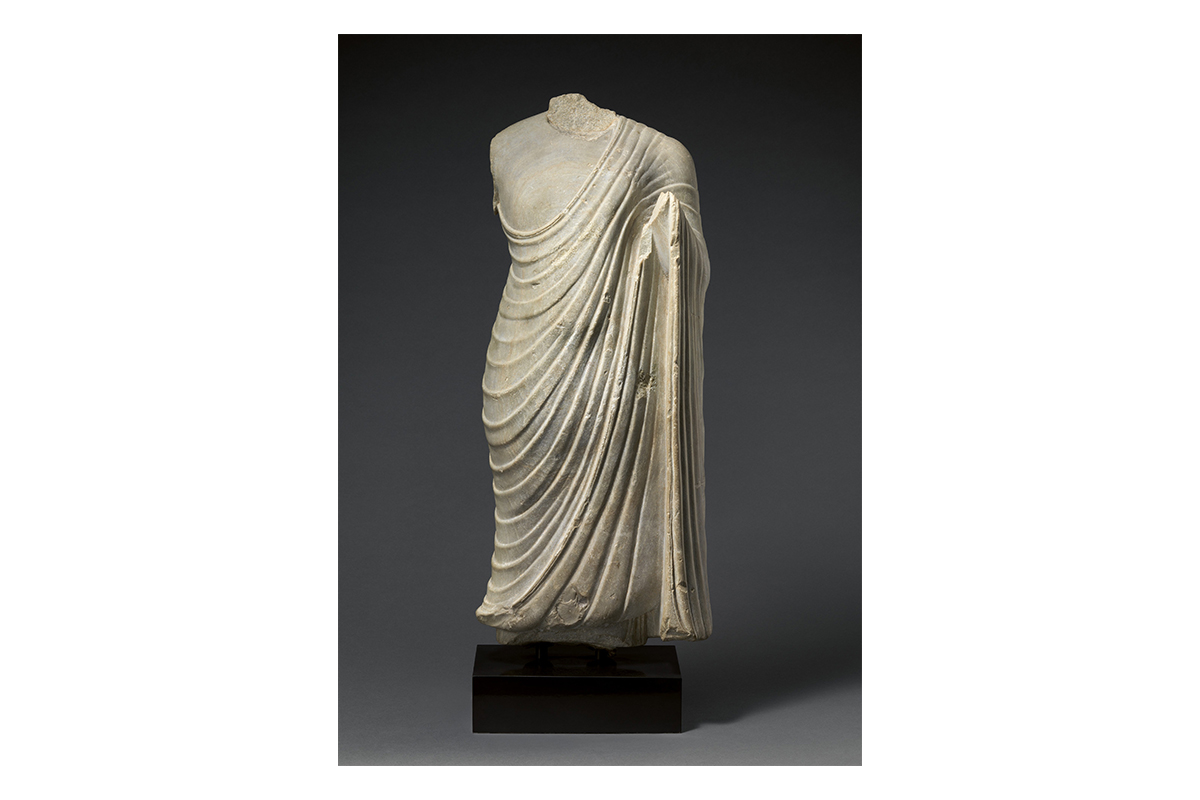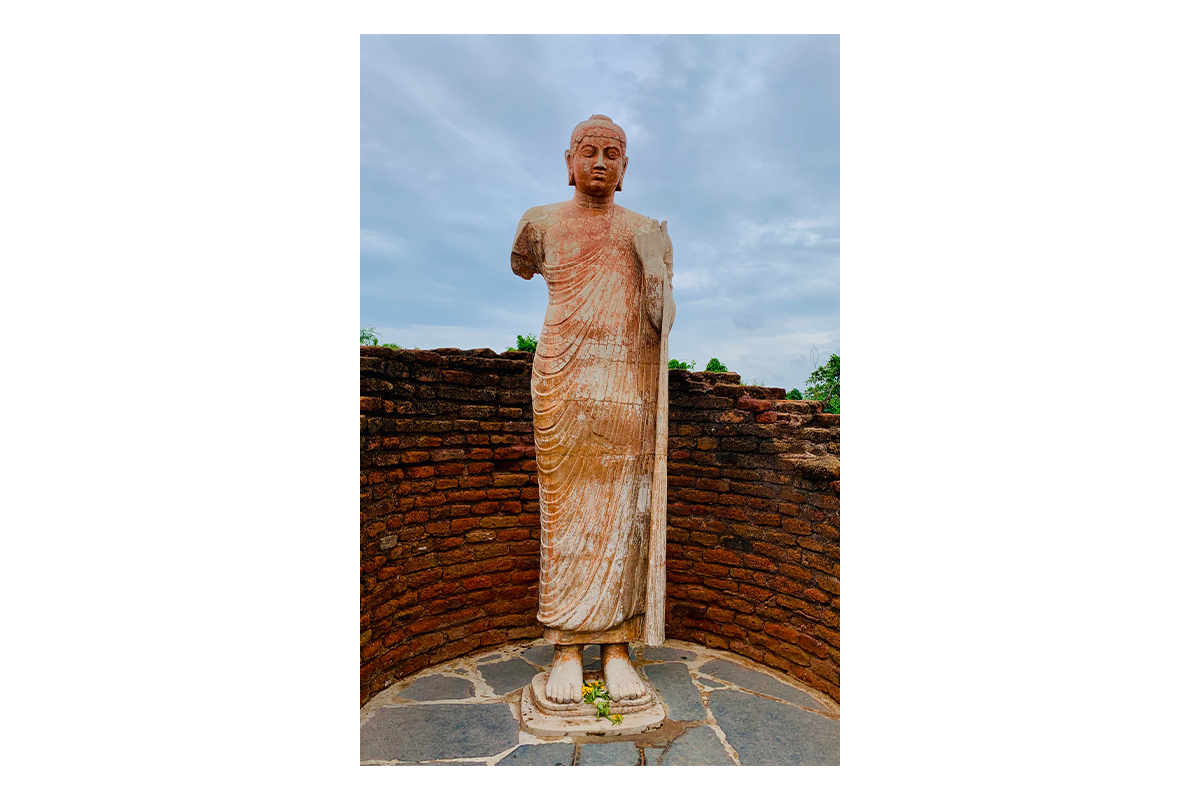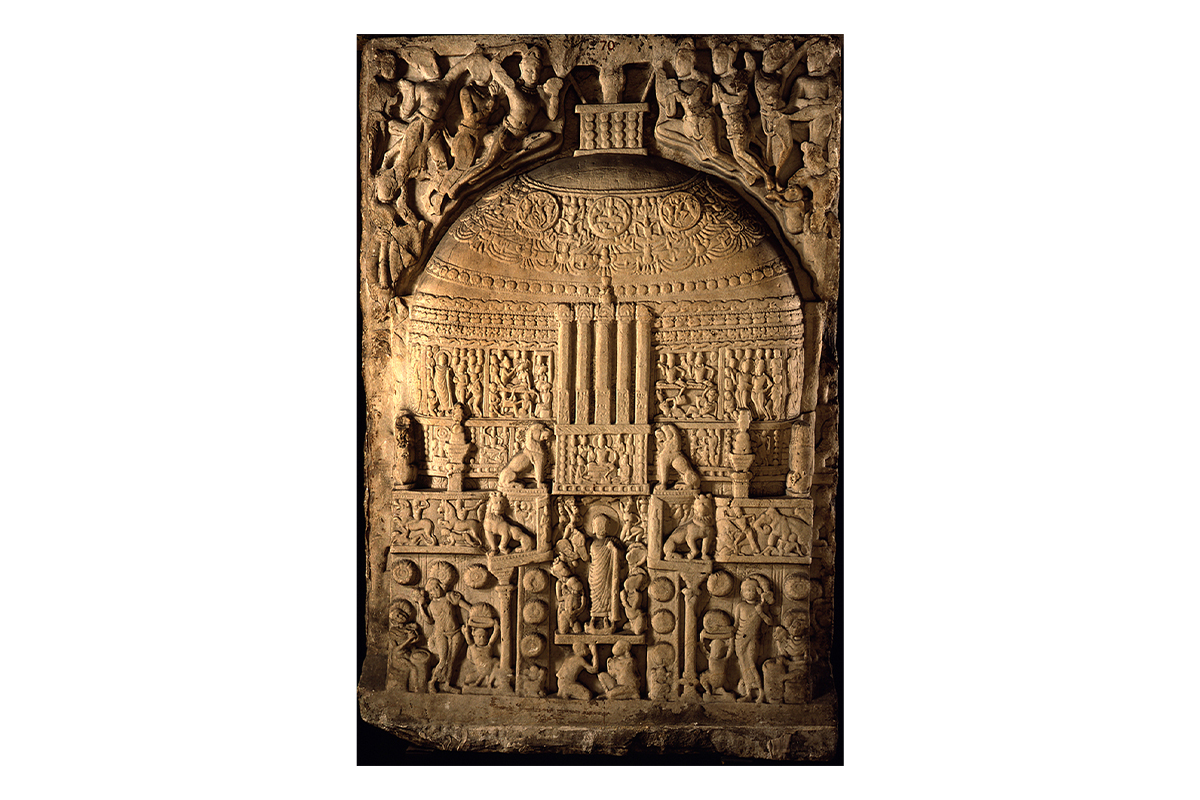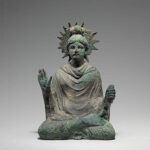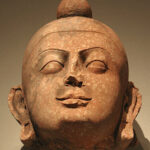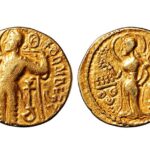The Kushan Empire Declines
200–270 CE
Faced with geopolitical challenges from Persia and Central Asia, the Kushan empire begins to disintegrate. New North Indian aristocratic houses begin to emerge to challenge them. South of the Narmada River, a series of major Buddhist monuments and monasteries are constructed, including the final phases of the Great Stupa at Amaravati and the structures and standing Buddhas of Nagarjunakonda. Much of present-day coastal Andhra Pradesh and inland Telangana, as well as parts of Karnataka, produce volumes of Buddhist art.
Bibliography
Huntington, Susan L., and John C. Huntington. The Art of Ancient India: Buddhist, Hindu, Jain. New York: Weather Hill, 1985.
Liu, Xinru. The Silk Road in World History. Oxford: Oxford University Press, 2010.
Salomon, Richard. Indian Epigraphy: A Guide to the Study of Inscriptions in Sanskrit, Prakrit, and the Other Indo-Aryan Languages. Oxford: Oxford University Press, 1998.
Feedback 
This entry appears in
Art in South Asia
Visit Timeline
Associated Timeline Events
First Published: March 11, 2024
Last Updated: August 5, 2024



